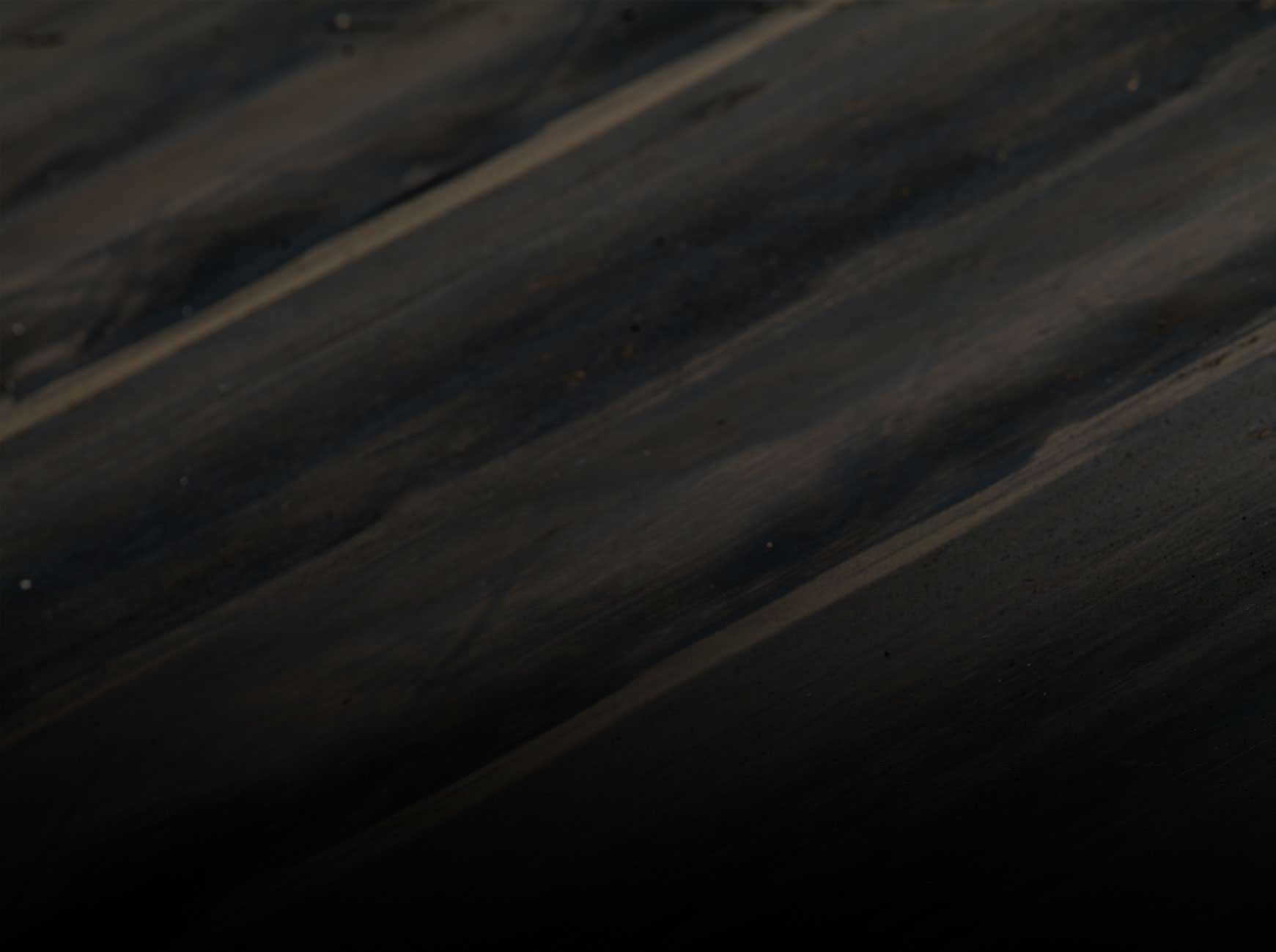We tend to look at Group B Rally as the wild era of the sport, and for good reason: manufacturers were all but unchained from regulation, required only the barest minimums of homologated cars, and with all of their creativity and passion towards burying the competition wound up producing some of the wildest dream machines ever created. Lightweight bodies, forced induction (even compounded forced induction), four-wheel-drive machines that could accelerate, turn, fly and stop like nothing seen before were the normal. But two major accidents in 1986 shut down the series. That was it, and Group A, previously the sub-class, became the top-tier FIA rally league.
Group A’s basic layout was a little more realistic. 5,000 cars worldwide had to be homologation models, and that number was reduced in 1993 to 2,500. But they were based on a root model, and not a wild one-off…meaning that the Toyota Celica All-Trac actually had quite a bit in common with a regular Celica. These were genuine road cars, not one-offs meant only for racing that appeared to be a road car, and by 1990 these road cars could run with the Group B cars they replaced. Don’t believe me? Check out some of this footage!












